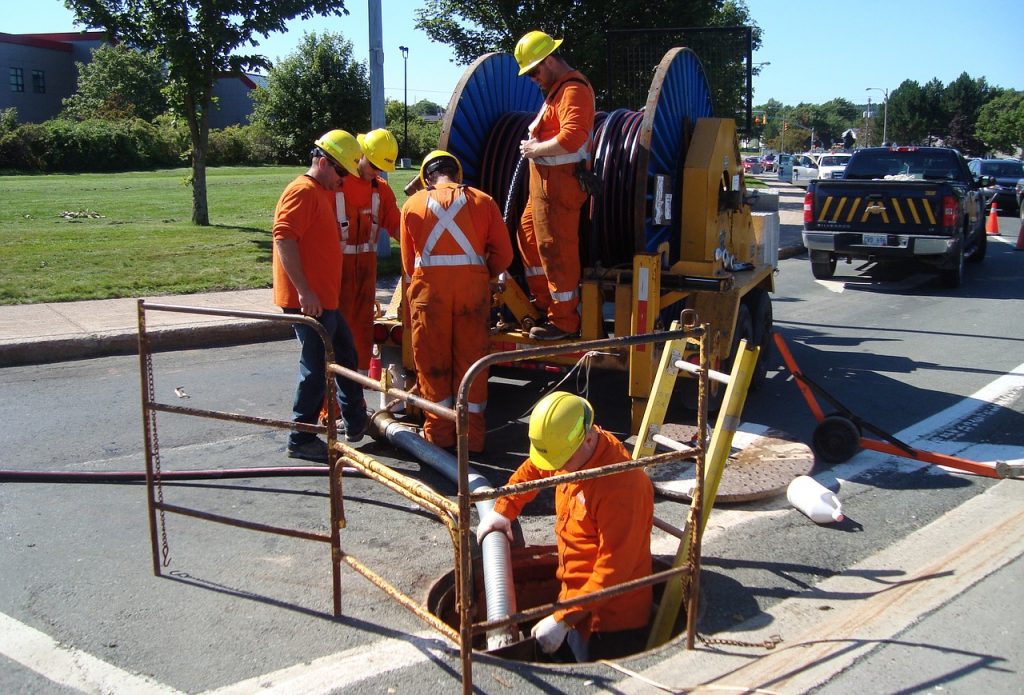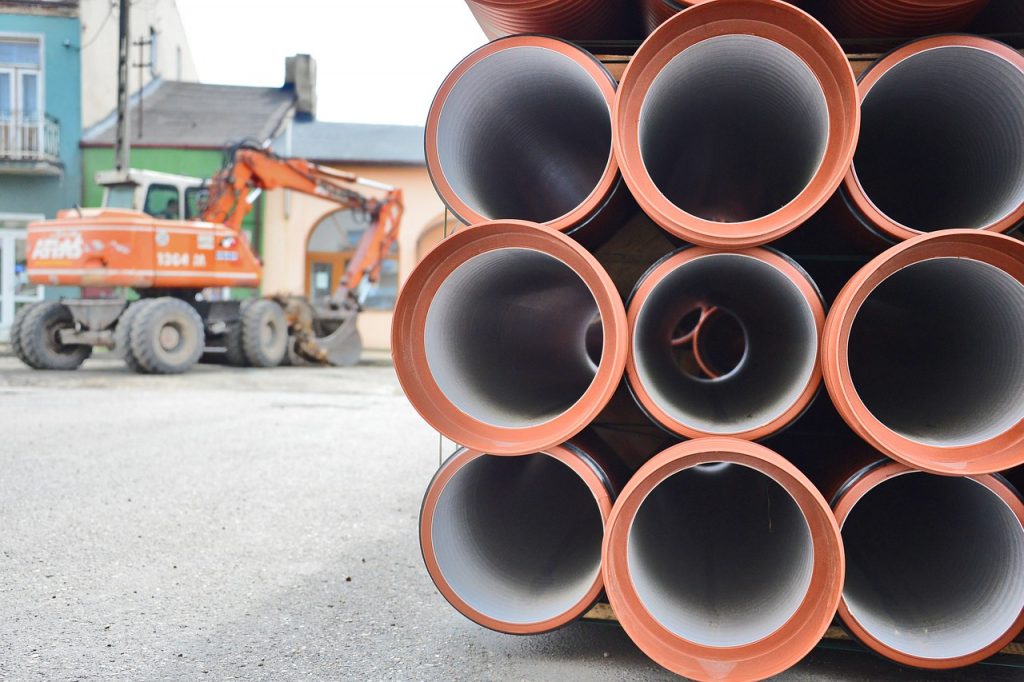Sponsored article
Atmospheric carbon dioxide levels are currently too high to maintain a healthy planet for human activity in the future, and current projections are that these levels should be reduced from the current 400 to 350 ppm as a minimum. To achieve this, our global energy consumption rates will have to fall by about 10% per year. Not at some distant point in the future, but immediately. At the international and national policy level this is still hardly achievable, but in the meantime we can take some steps ourselves to reduce our own energy consumption.
You may have done a lot to reduce the total energy consumption of your home in terms of daily heating demand. However, many people forget about the electricity consumption required for wastewater treatment. If you use a mechanical aeration system, it can consume up to 20% of the carbon footprint associated with heating a traditional home in a year
If you want to purchase concrete septic tanks Radom will be the city where you will find vendors that offer good quality products.
Keep in mind that not all stationary wastewater treatment plant systems have the same energy requirements. Filter systems with pump-powered components can cost less per year, while aerated systems with a pump cost a bit more, and the carbon dioxide generation will still be at a high level, i.e. between 230 and 900 kg of CO2 per year. However, such consumption can usually be avoided by taking a more environmentally friendly approach early in the design of the house and grounds.
Eco-friendly ways are offered by the sewage treatment plant in Ryki. It is advisable to take a look at the offer presented and switch to methods that are environmentally friendly.

So what are the zero-energy wastewater treatment options available? There are many and they range from a conventional septic tank to rushes and dry toilets, and each has its own advantages and disadvantages.
A standard septic tank and seepage area can be surprisingly effective at treating domestic wastewater, and it can be a reasonable quality treatment before it reaches groundwater. The requirements are: good distribution of wastewater at the base of the seepage area, sufficient depth of unsaturated soil above the bedrock or groundwater, and adequate seepage rate in the bedrock itself. With all of these factors in place, the physical, chemical, and biological interactions needed to treat the wastewater will be active in the soil and help clean the wastewater.
If electricity is not an option, then passive systems such as constructed wetlands, reedbeds, and willow filters can be used to provide complete treatment and reduce the overall pollutant load before discharge to groundwater through infiltration.
If seepage rates are too low, discharge to the ground may not be possible. In such cases, planning on greenfield sites is more difficult to accomplish. Where an existing house is already on site and there is a problem with wastewater collection or surface runoff, then the obvious choice is a stormwater system built on native soil. Such a system can provide high quality secondary and tertiary wastewater treatment. The main expenses are excavation, plant delivery and planting. In many cases, the old surface discharge ceases due to a combination of infiltration of wastewater from the treatment plant in the later stages of wetland treatment and evapotranspiration by wetland plants.
This approach to the existing problem has the major advantage of having minimal gray energy throughout the project. The energy contained in new concrete tanks is avoided by using the old settlement system and simply excavating new wetlands into the existing impervious substrate.
In addition to sewage, it is worth investing in a 10000l concrete rainwater tank to reduce the generation of sewage.

Another way to deal with difficult terrain is to use energy willows. These are fully plastic lined systems, usually 6m x 40m (depending on location and water usage). They are backfilled with soil to a depth of 1.5m and planted with fast growing varieties of willow. The willows are coppiced on a rotational basis to maintain fresh growth and maximize fluid absorption. Designed and built with care, these systems can evaporate 100% of the wastewater pumped into them. They have an excellent track record in Denmark, where they were developed. However, if coppiced wood is used to offset home heating oil consumption, they can absorb as much atmospheric carbon in 20 years as a conventional packaging treatment system would produce in the same period.